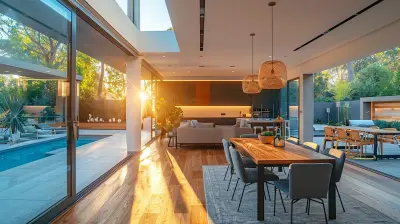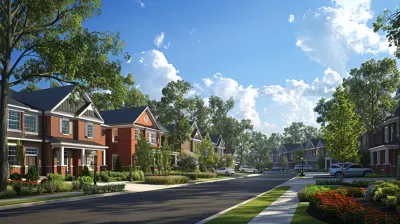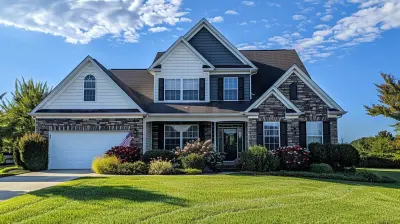The Shift Toward Eco-Friendly Homes and Its Market Impact
23 May 2025
The world is changing, and so are our homes. Climate change, pollution, and dwindling natural resources are pushing homeowners and buyers toward sustainable living. Gone are the days when eco-friendly homes were just a niche market. Today, they are a driving force in real estate, appealing to both environmentally conscious buyers and investors looking for long-term value.
But what’s behind this shift, and how is it shaping the housing market? Let’s dive in.
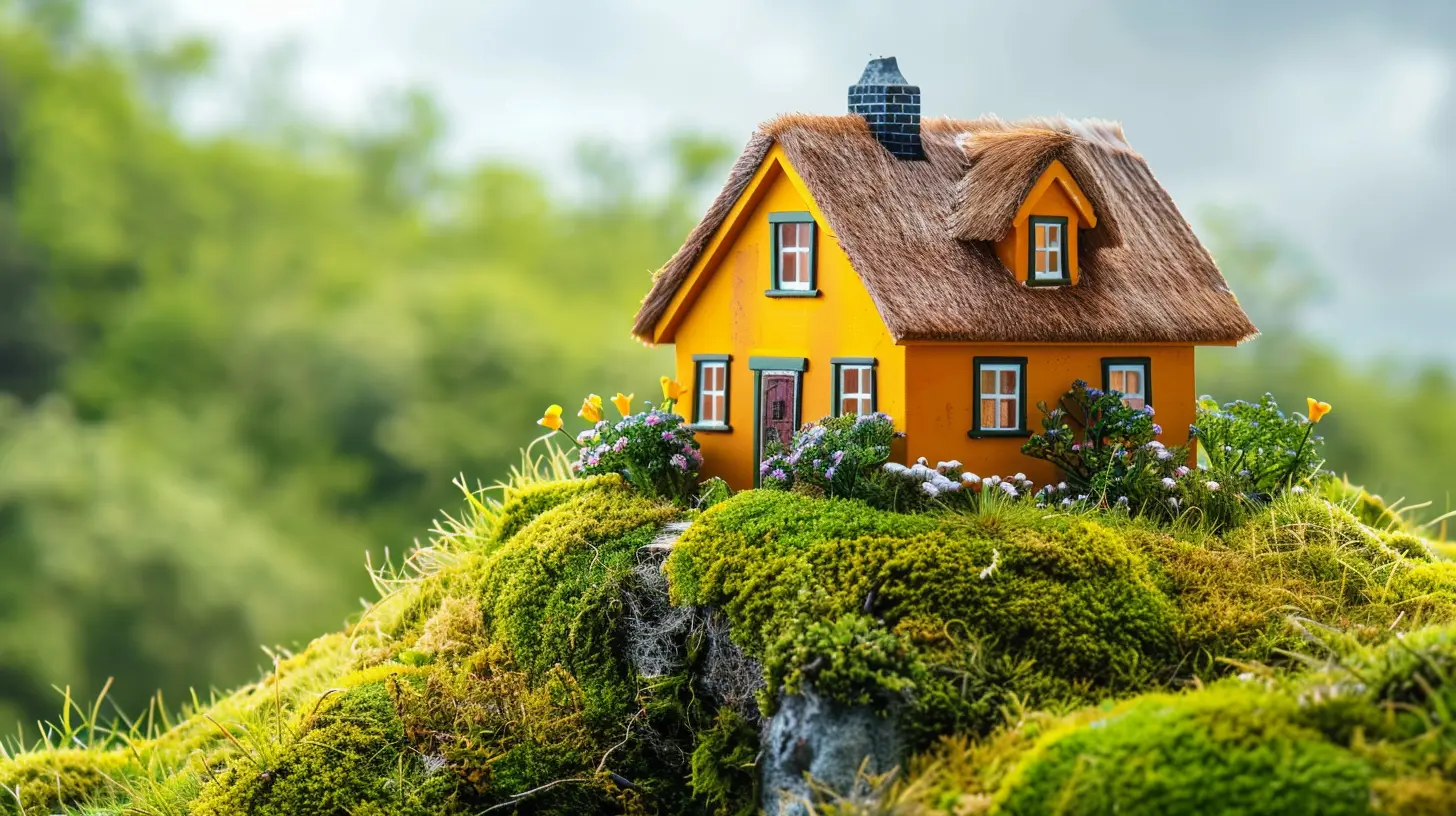
The Rising Demand for Eco-Friendly Homes
A decade ago, if you mentioned solar panels or energy-efficient appliances, most people associated them with high costs and limited availability. Fast forward to today, and these features are becoming mainstream.With global temperatures rising and energy costs soaring, homeowners are looking for ways to reduce their carbon footprint while also saving money. The result? More interest in homes that are built with sustainable materials, designed for energy efficiency, and packed with smart technology that optimizes energy use.
Why Are Homebuyers Prioritizing Sustainability?
1. Lower Utility Costs – Let’s be real—no one likes high energy bills. Eco-friendly homes often have solar panels, better insulation, and energy-efficient systems, slashing utility costs.2. Healthier Living Environments – Non-toxic building materials and better indoor air quality mean fewer allergens, chemicals, and pollutants inside your home.
3. Higher Resale Value – Buyers are willing to pay a premium for energy-efficient and sustainable homes, making them a solid long-term investment.
4. Government Incentives – Many countries offer tax breaks, rebates, and low-interest loans for energy-efficient home improvements, making sustainability more affordable.
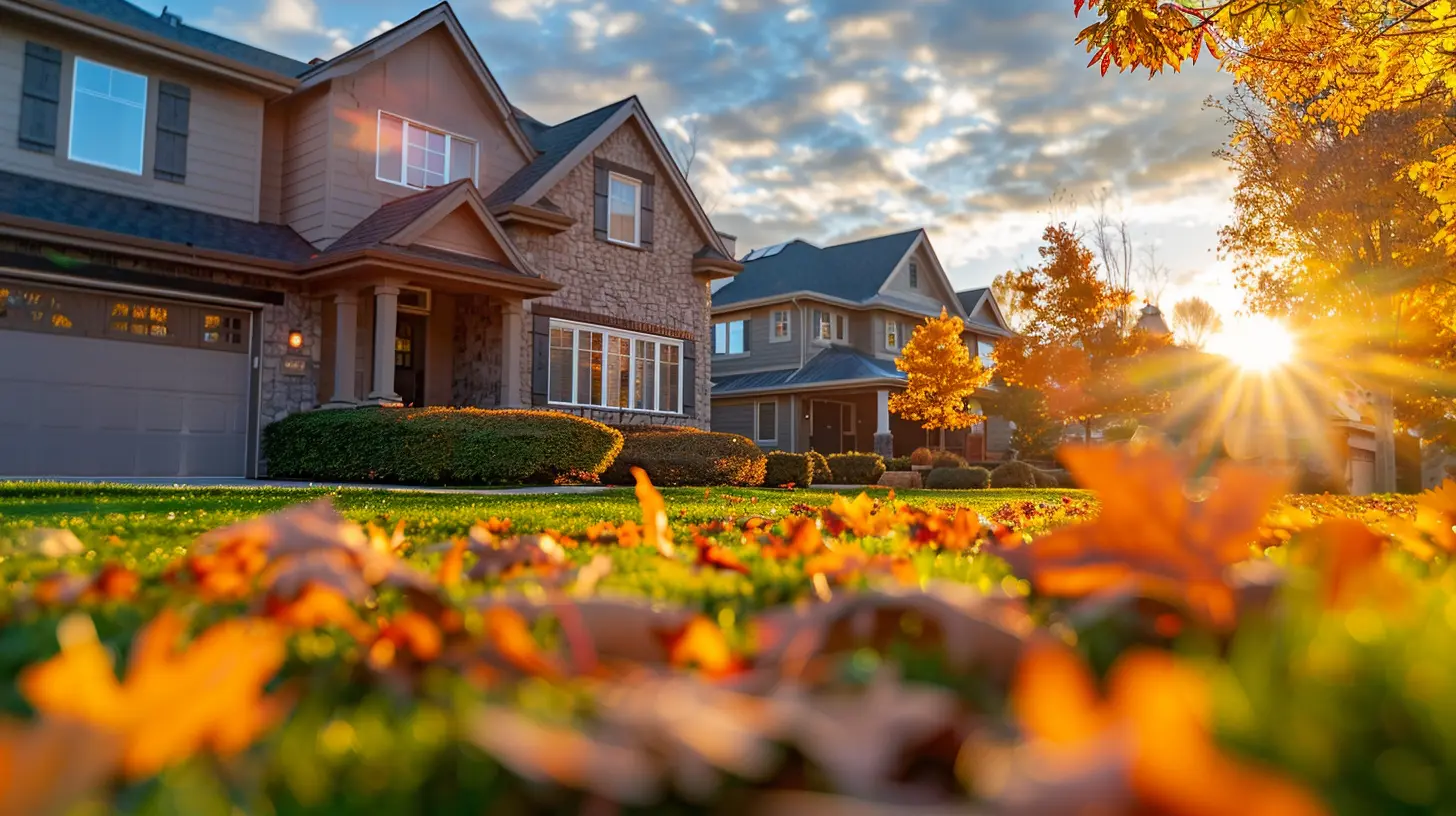
Key Features of Eco-Friendly Homes
Not all green homes are built the same. Some go all-in with net-zero energy consumption, while others incorporate smaller, energy-saving features. Let’s look at some of the key characteristics making these homes so attractive.1. Energy-Efficient Appliances and Systems
From smart thermostats to LED lighting, energy-efficient homes use technology to lower consumption. Heating and cooling systems, water heaters, and even refrigerators are now designed to use less energy while providing the same level of comfort and convenience.2. Solar Power and Renewable Energy Sources
Solar panels are no longer exclusive to large commercial buildings. More homeowners are installing them to cut down on electricity bills and reduce dependence on fossil fuels. Some homes even have wind turbines or geothermal energy systems for a completely self-sustaining power supply.3. Sustainable Building Materials
Builders are now opting for materials that are either recycled, renewable, or have a low environmental impact. Bamboo flooring, reclaimed wood, recycled steel, and eco-friendly insulation materials are becoming the new norm.4. Water Conservation Features
From rainwater harvesting systems to low-flow toilets and drought-resistant landscaping, conserving water is a top priority in eco-friendly homes. Many properties now have greywater recycling systems that repurpose water from sinks and showers for non-drinking uses like irrigation.5. Smart Home Technology for Energy Optimization
AI-driven and IoT-enabled systems help monitor and reduce energy consumption. Motion-sensor lighting, automated blinds, and advanced HVAC systems ensure energy is only used when necessary.6. Green Roofs and Living Walls
Some homes take sustainability a step further by incorporating green roofs and living walls. These features not only improve insulation and air quality but also provide a unique aesthetic appeal.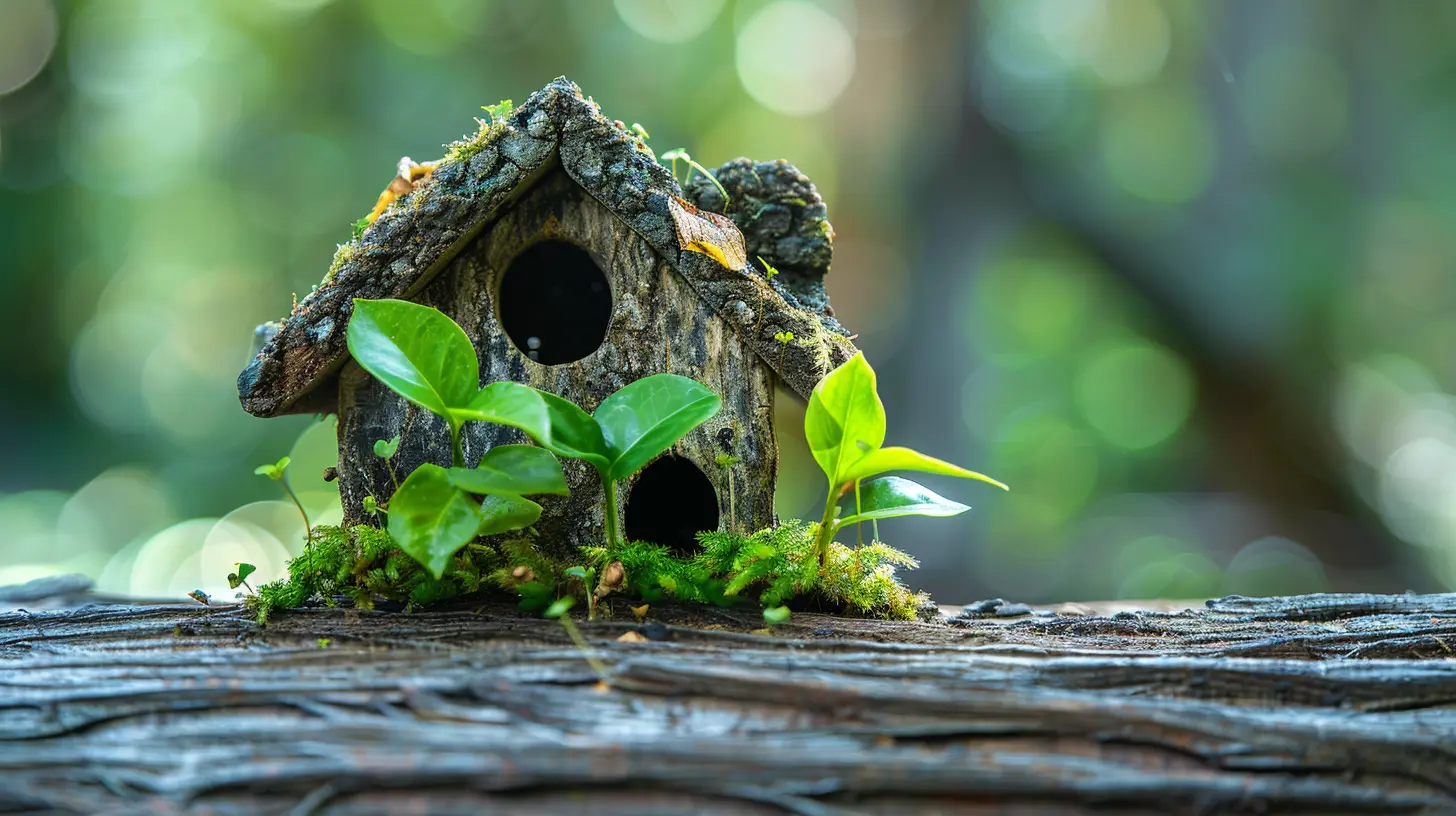
How Eco-Friendly Homes Are Shaping the Real Estate Market
The real estate market is seeing a major transformation, thanks to the growing popularity of green homes. Buyers and renters are actively seeking properties designed with sustainability in mind. But what does this mean for the housing industry as a whole?1. Real Estate Developers Are Adapting
Housing developers have no choice but to keep up with demand. Across the globe, we’re seeing increased construction of eco-friendly communities, complete with green spaces, energy-efficient designs, and sustainable infrastructure.2. Higher Property Values
Eco-friendly homes tend to have higher resale values due to their long-term cost savings and desirability. As more buyers become aware of the benefits, these properties are selling faster and often at premium prices.3. Incentives for Green Housing
Governments are encouraging sustainable housing by offering financial incentives. Buyers and builders can receive tax credits, grants, and rebates, making eco-friendly choices more financially viable.4. Increased Popularity of Green Mortgages
Banks and financial institutions are introducing green mortgages, which offer better interest rates for energy-efficient homes. This makes it easier for buyers to afford eco-friendly upgrades and new homes.5. Sustainability as a Selling Point
For real estate agents, marketing sustainable features has become a powerful selling tool. Highlighting energy savings, environmental benefits, and healthier living conditions can make a property stand out in a competitive market.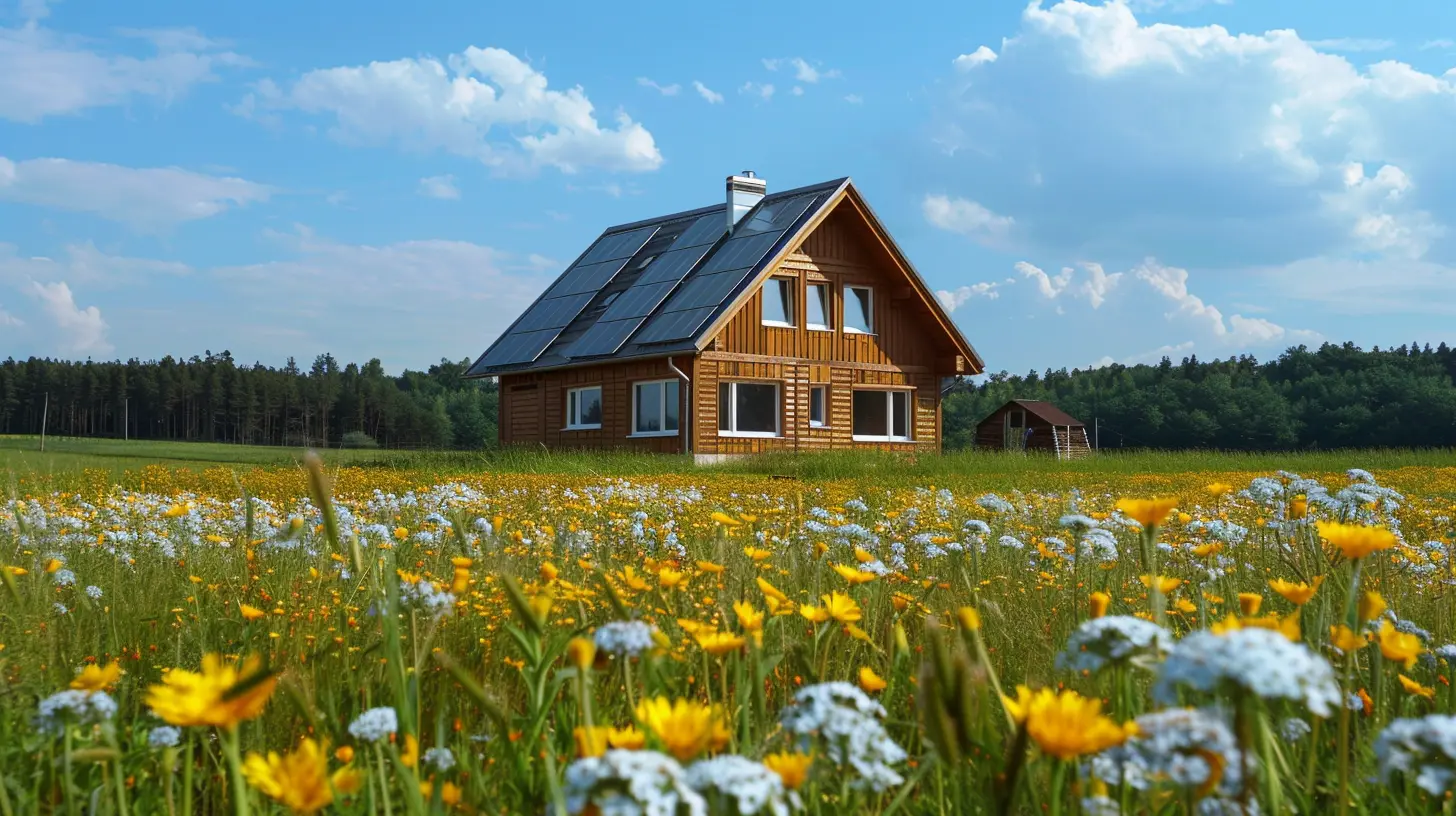
Challenges in the Shift Toward Eco-Friendly Homes
While the trend is undeniably growing, there are still a few challenges to overcome.- Higher Initial Costs – While eco-friendly upgrades save money in the long run, the upfront costs can be intimidating for buyers and builders.
- Limited Awareness – Some buyers are still unfamiliar with the long-term financial and environmental benefits of sustainable homes.
- Market Availability – Depending on location, finding a fully eco-friendly home can be challenging, although this is rapidly changing.
The Future of Eco-Friendly Homes
The future looks bright for sustainable housing. As technology advances and costs come down, eco-friendly homes will likely become the standard rather than an option. More cities are pushing for sustainable building codes, and as younger generations enter the housing market, their demand for environmentally responsible living will only grow.For homeowners and investors, now is the perfect time to embrace this trend. Whether you're buying, renovating, or selling, prioritizing sustainability will not only benefit the environment but also boost property value and attract a larger pool of interested buyers.
The shift toward eco-friendly homes isn’t just a passing fad—it’s a revolution in how we think about living spaces. And honestly? It’s about time.
all images in this post were generated using AI tools
Category:
Housing MarketAuthor:

Elsa McLaurin
Discussion
rate this article
4 comments
Raleigh McKinnon
Love this shift! Eco-friendly homes are a win!
June 6, 2025 at 4:56 AM

Elsa McLaurin
Thank you! I’m glad you see the positive impact of eco-friendly homes!
Bridget Banks
The trend toward eco-friendly homes is reshaping the real estate market. Buyers increasingly prioritize sustainability, driving demand for energy-efficient features. This shift not only benefits the environment but also enhances property value and appeal.
May 30, 2025 at 10:38 AM

Elsa McLaurin
Thank you for highlighting the growing importance of sustainability in real estate! It’s exciting to see how eco-friendly features can enhance both property value and environmental impact.
Kayla McKellar
Great insights! The shift towards eco-friendly homes is not only beneficial for the environment but also enhances market value. It’s exciting to see how sustainability is becoming a crucial factor for buyers today.
May 28, 2025 at 2:38 AM

Elsa McLaurin
Thank you! Absolutely, the sustainability trend is reshaping the housing market and driving both environmental and economic benefits.
Isla Price
Fascinating to see how eco-friendly homes are reshaping the real estate landscape! I'm curious about how sustainable features influence buyer preferences and market values. Could this trend redefine home ownership in the long run?
May 26, 2025 at 4:00 AM

Elsa McLaurin
Thank you for your insightful comment! Sustainable features do significantly influence buyer preferences and can elevate market values, potentially redefining home ownership by prioritizing eco-friendliness in the long run.

